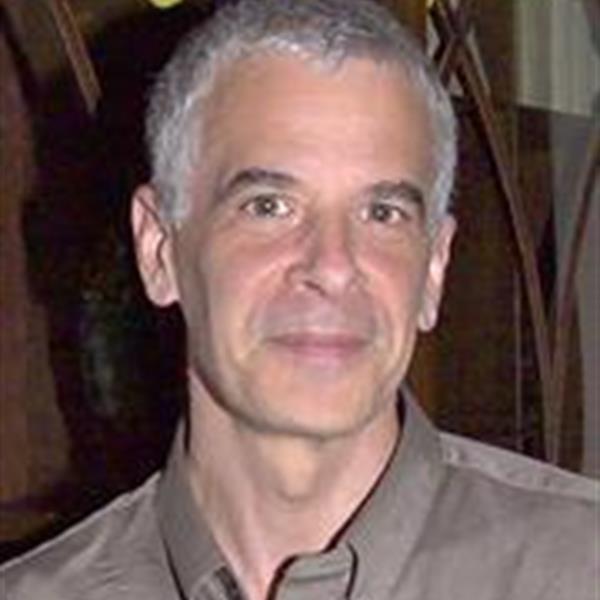Sandy Isenstadt
Biography
Professor Sandy Isenstadt teaches the history of modern architecture, concentrating on developments in Europe and the United States, but including as well courses on the global spread of modernism. His writings span post-World War II reformulations of modernism by migr architects such as Richard Neutra, Josep Lluis Sert, and Henry Klumb; visual polemics in the urban proposals of Leon Krier and Rem Koolhaas; and histories of American refrigerators, picture windows, landscape views, and real estate appraisal.The Modern American House: Spaciousness and Middle-Class Identity, published by Cambridge University Press in 2006, describes the visual enhancement of spaciousness in the architectural, interior, and landscape design of American domestic architecture. Modernism and the Middle East. Politics of the Built Environment, a set of edited essays published in 2008 by the University of Washington Press, is the first book-length treatment of modern architecture in the Middle East. Current projects include "Electric Modernism," a study of the cultural reception of electric lighting, moving in scale from handheld flashlights and automobile headlamps to homes, the workplace, schools, and shops, to building exteriors and city skylines; and "The Rise and Fall of Modern Shopping," a short book focusing on the spatial infrastructure of shopping as it changed from the Renaissance through today.His work has been recognized with fellowships from the Institute for Advanced Study, in Princeton, N.J., the National Endowment for the Humanities, the Graham Foundation for Advanced Studies in the Fine Arts, and the Center for Advanced Study in the Visual Arts, in Washington, D.C. Before teaching architecture, he practiced architecture in Cambridge, Mass.

